Tornagrain
Ben Pentreath, lord of all things English and architecture, has just posted some Insta pictures of a development he’s spearheading in the Scottish Highlands called Tornagrain. I should end this post right here, and insert a link to Tornagrain, and walk away. But then there’d be no pontification on it by me. And that’s kind of my thing.
I’ve stalked followed Ben Pentreath’s stellar work since I discovered a development called Poundbury, located near Dorchester, southwest of London. You might recall this post on that project, which is the progeny of none other than His Majesty King Charles III. Ben Pentreath Limited is the master planner, designer, and chief architect on that development as well as Tornagrain. I was struck then, as I am now, by Mr. Pentreath’s commitment to honoring British architecture and tradition, even amid a torrent of criticism from architects and designers who felt Poundbury was somehow frivolous and whimsical. The entire point of Poundbury was to pay homage to the classic elements of British architecture. As shown below, homage has been paid in spades.
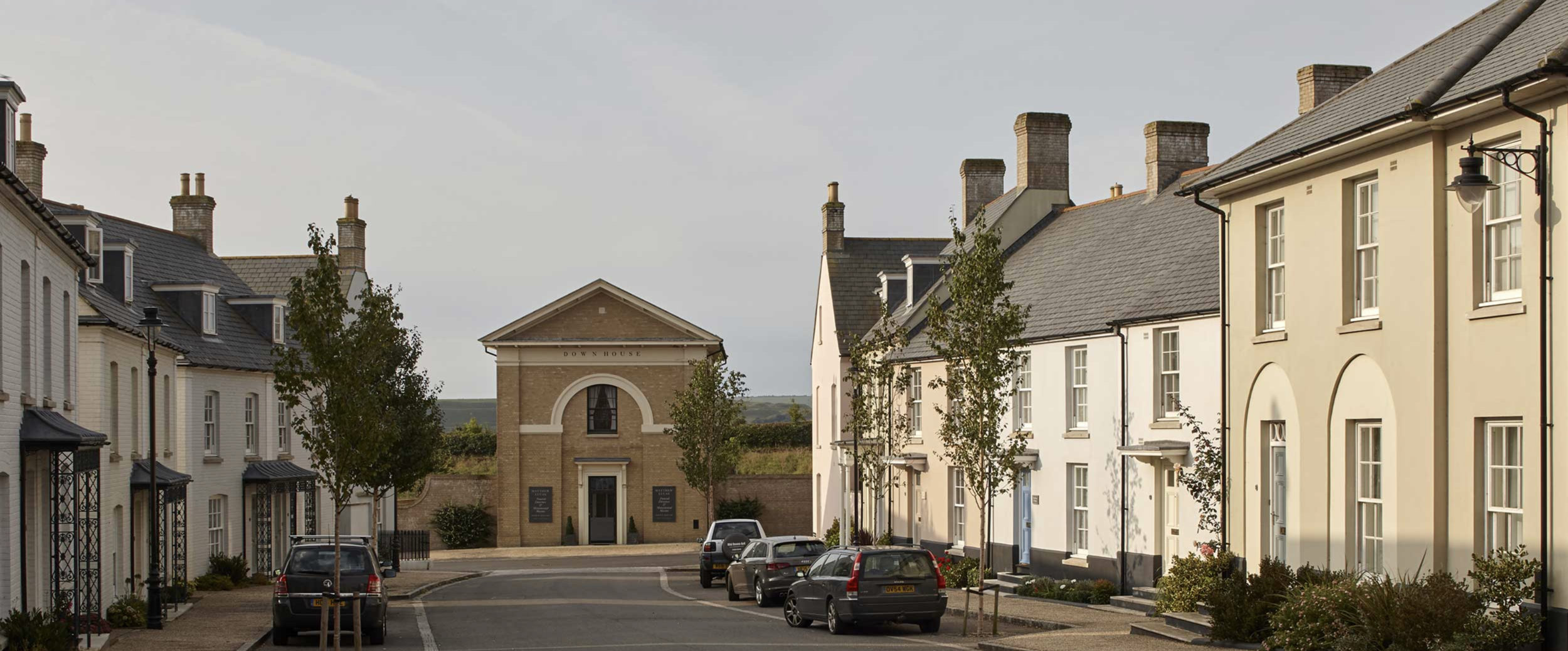
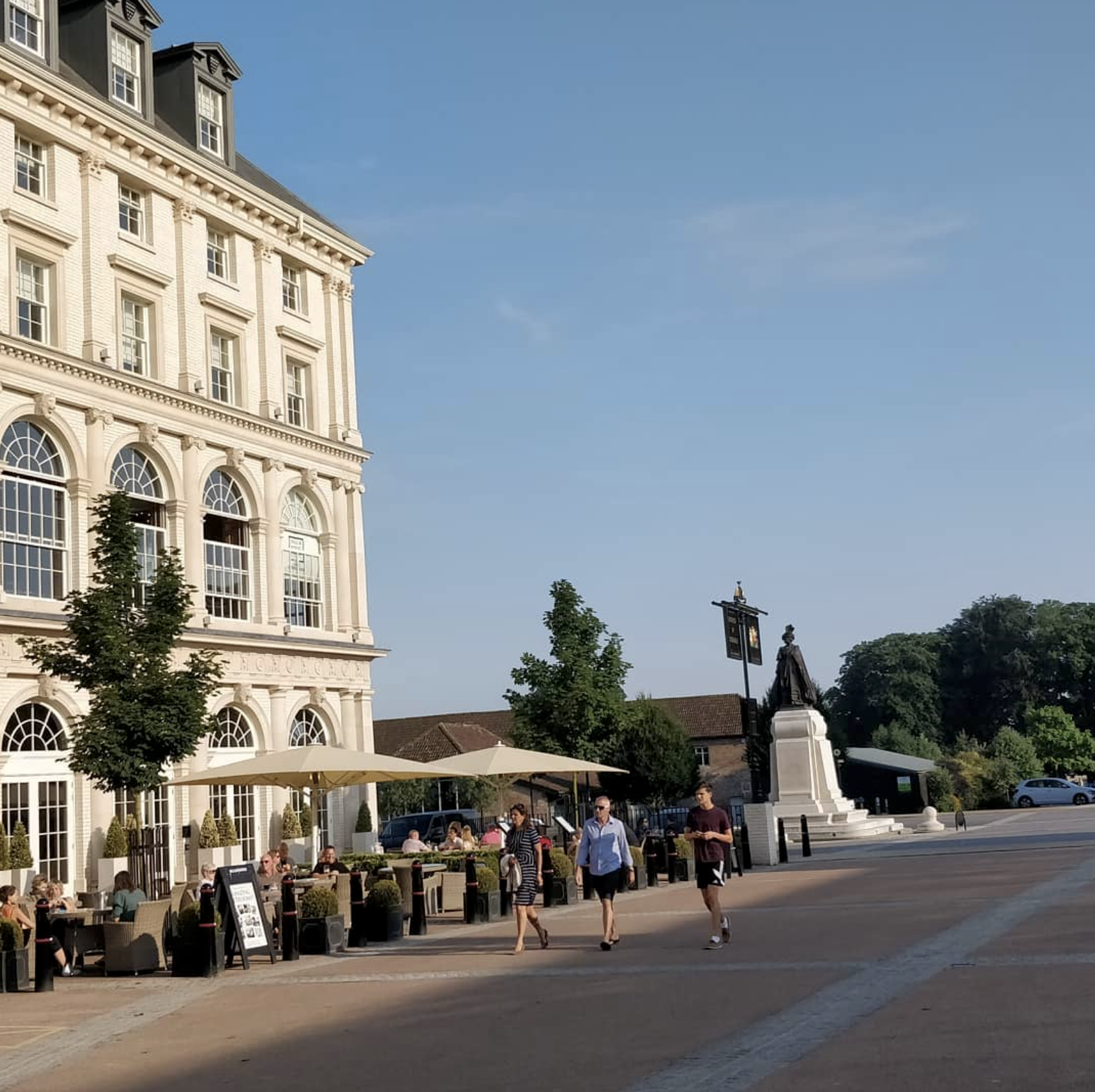
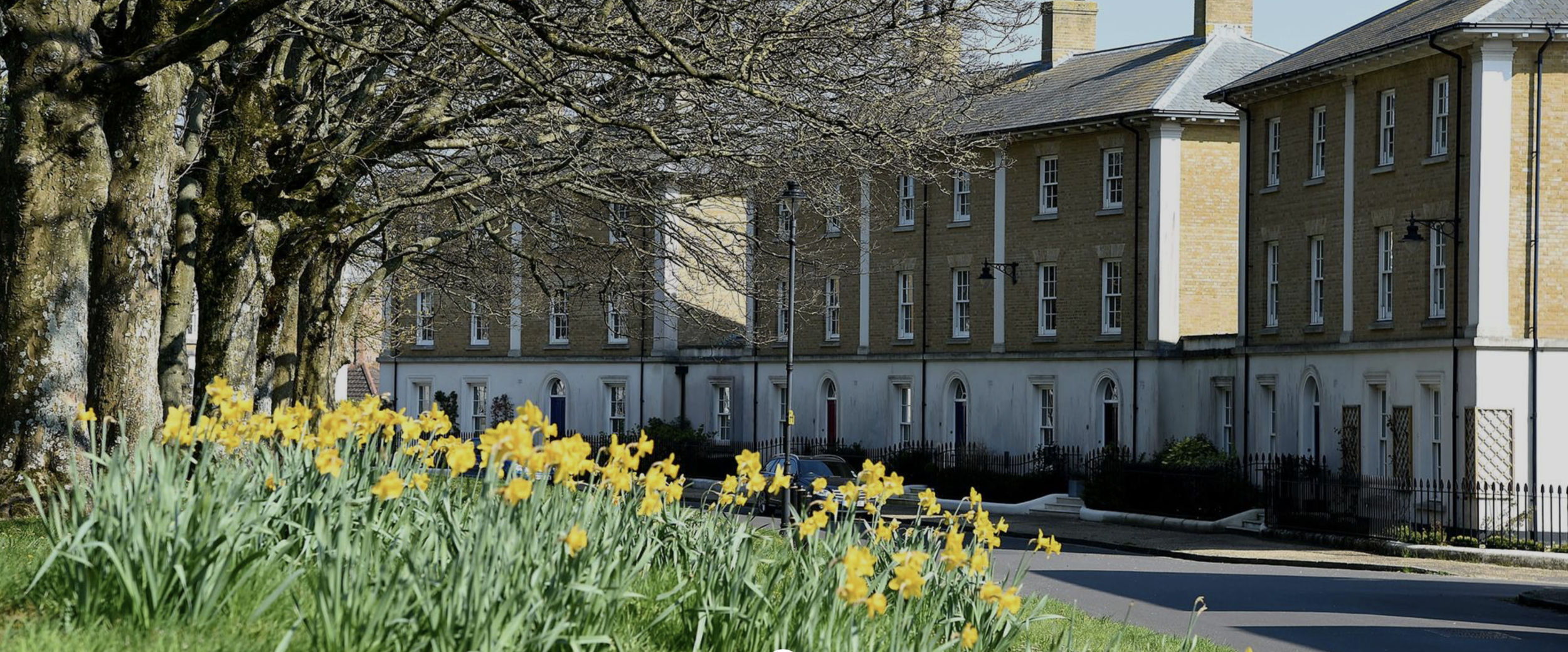
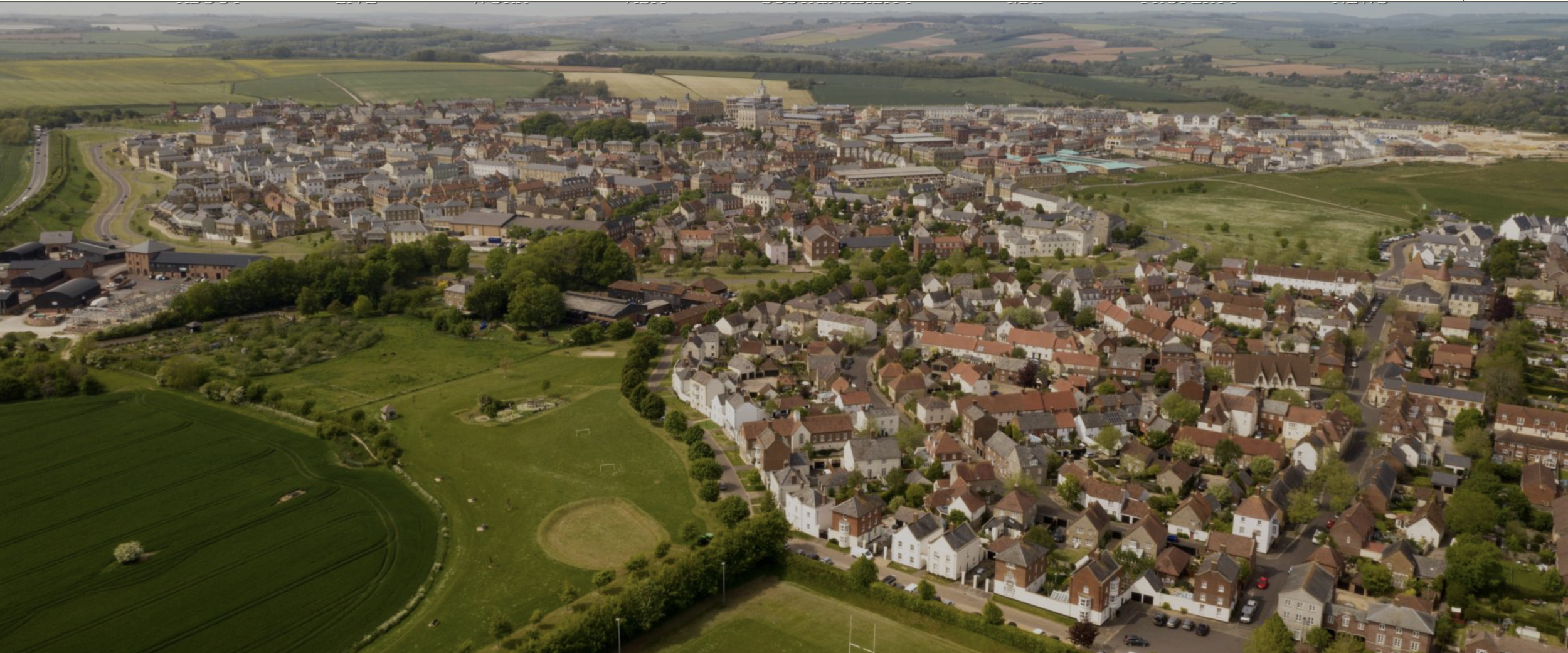
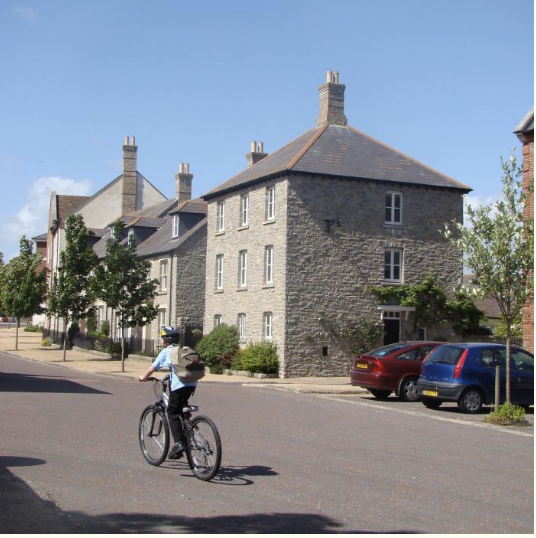
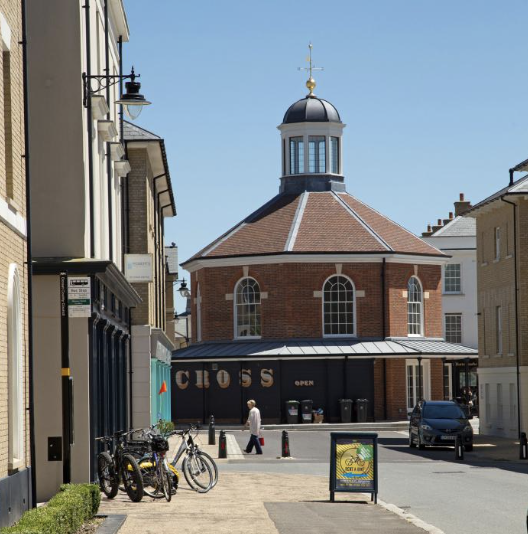
Tornagrain is a similar project but with a different flavor. Like Poundbury, Tornagrain is intentionally reflective of its region. The Scottish Highlands, while part of the UK, are located in northern Scotland, and therefore have a distinctly different architectural style than, say, London, or Dorchester, where Poundbury is located. The genius of the thing, and essential to the overall feel of Tornagrain, is the consistency between traditional Highlands homes, and those built at Tornagrain. Rest assured, this is intentional.
From the Tornagrain website:
Tornagrain is inspired by historic urban towns of the region such as Nairn, Grantown-on-Spey and Fort William. Our new homes pay homage to the established buildings of north Scotland, using local materials such as slate, stone and wet dash render.
Geologically, the highlands are mostly comprised of stone, so it is no surprise this element would be used in traditional construction techniques, as it is plentiful and quite lovely. Stone and slate construction results in a more earthy design aesthetic, less fussy than homes further south. Tornagrain honors these organic regional resources and techniques. What they’ve done is ensure an organic transition from countryside to planned community by bearing down on the things that make the Scottish Highlands the Scottish Highlands. Same building practices, same materials, same charming “wet dash render” - a mixture of part sand, part cement, and part crushed pebble which has literally been around for hundreds of years. Utilizing render, and other regional elements, gives instant age and credibility to Tornagrain. It lends an honest, authentic vibe to the community.
Ben Pentreath sets a high bar.
Above, left, a typical Scottish Highlands cottage with a wet dash render finish and slate roof serves as inspiration for similar new homes in Tornagrain, right. (via Country Living magazine and Tornagrain on Instagram)
It boggles the mind to consider the attention to detail required to pull off this kind of authentic representation. Another ovation to the Ben Pentreath Limited team.
Tornagrain on Instagram looking for all the world like rural Scotland
If these brilliant developments blow your skirt up, here’s another fascinating tidbit that’ll give you an ah-ha moment. These communities have a formal name, though I’m not sure His Majesty had a label when he conceived Poundbury in 1989. Today, these planned communities are called Traditional Neighborhood Developments, or TNDs. Essentially, it’s a village. I know of several in the US, actually. Seaside, Florida is a TND, as is Habersham in Beaufort, SC. See? Ah-ha!
It’s the idea of a community centered around a quintessential town square, with streets and sidewalks emanating from there that feature retail, schools, churches, medical, et cetera, all within walking distance from home. Most TND’s are quite intentional vis à vis architectural style and quality control. This village concept fosters a home-town atmosphere, reminiscent of less complicated times when we all road bikes, played chase, and came in at dark. Design is largely dictated by geography, topography, and climate, as well as history. One major component of a TND is walkability.
It’s a pseudo-conservationist proposition, but don’t let that turn you off. Ben Pentreath has proven sustainability need not compromise aesthetics. The idea of walkability has two goals; to promote a healthy, active lifestyle wherein people are physically active and interactive, and to reduce carbon emissions from car engines through reduced use. It’s kind of genius and kind of a win/win.
I’m pretty in love with this whole concept of combining true community with easy-access conveniences. It’s a simpler lifestyle, which pandemic statistics show is more desirable than ever. It’s a potentially healthier lifestyle, what with all the walking and biking and such. And, important to me, it’s deliberately attractive. Certainly, Tornagrain checks a lot of boxes, plus gets extra credit on that Ben Pentreath snag.
Having lived in several states, and wildly divergent towns and cities, I contend there is some good mojo about a community that is intentional, convenient, and attractive. There, I said it. I like stuff to be pretty. And so does one Mr. Ben Pentreath.
Curious? This site has some phenomenal observations about TND’s; Seaside, Florida in particular. Ben Pentreath has a gorgeous design and architecture Instagram page, and his business website is full of swoon-worthy projects. Here’s the link to Tornagrain, which inspired this post.



